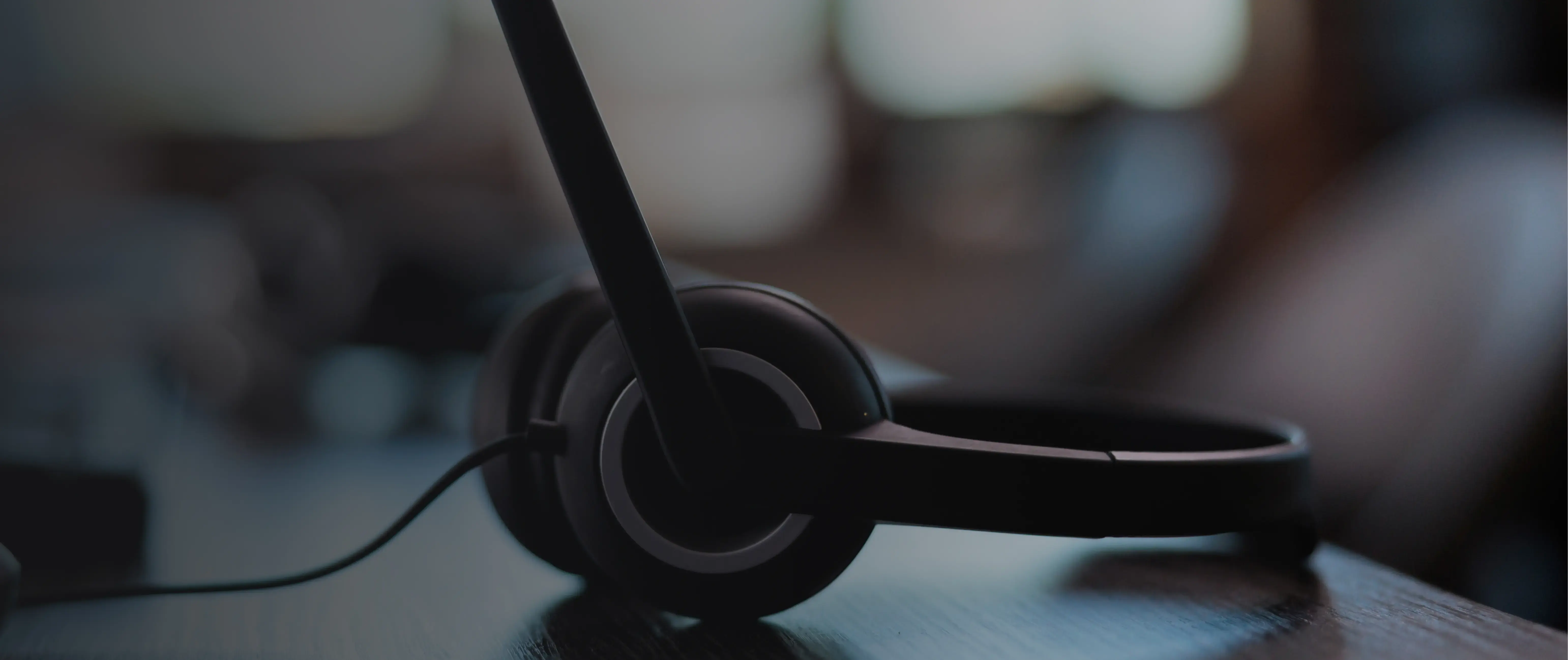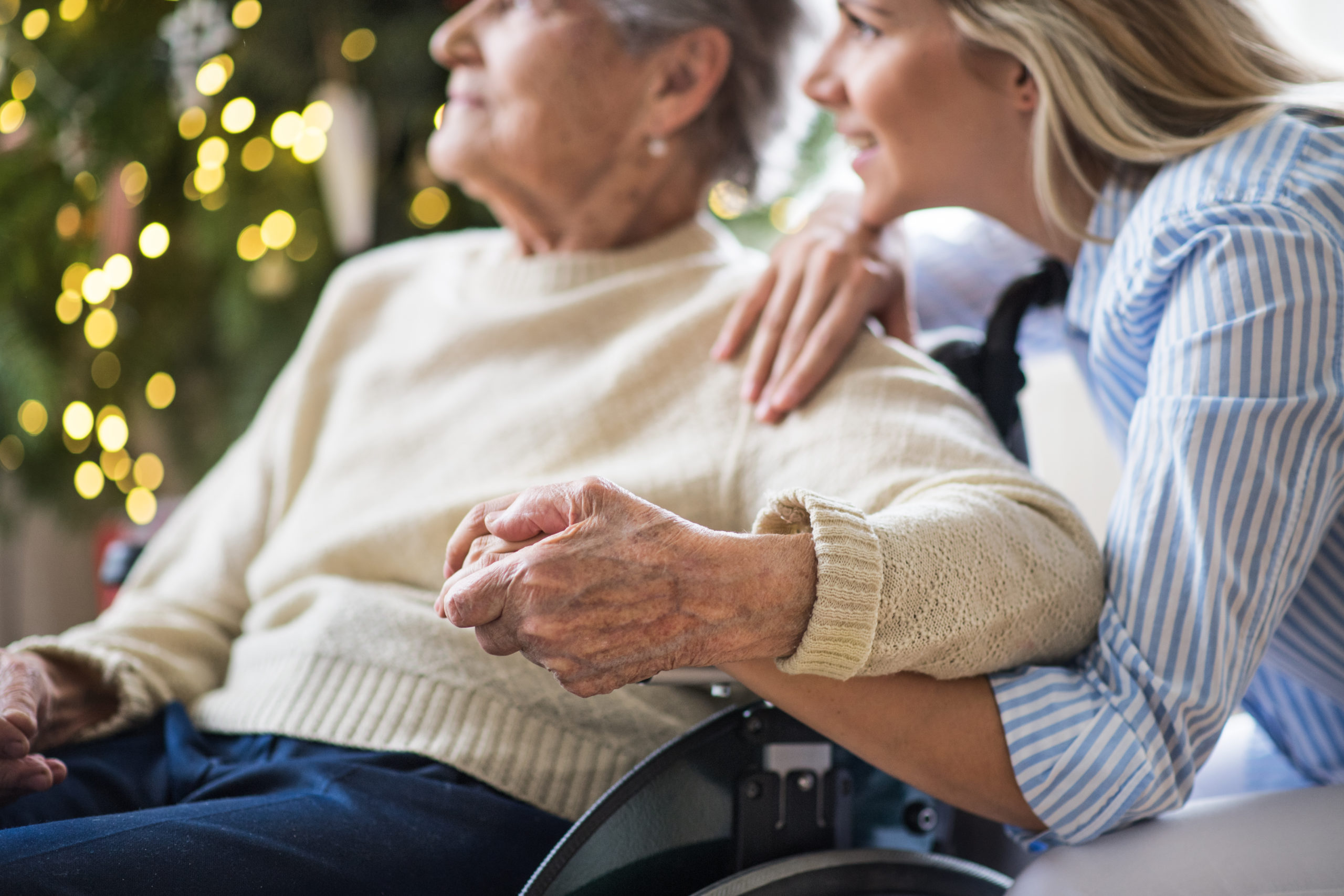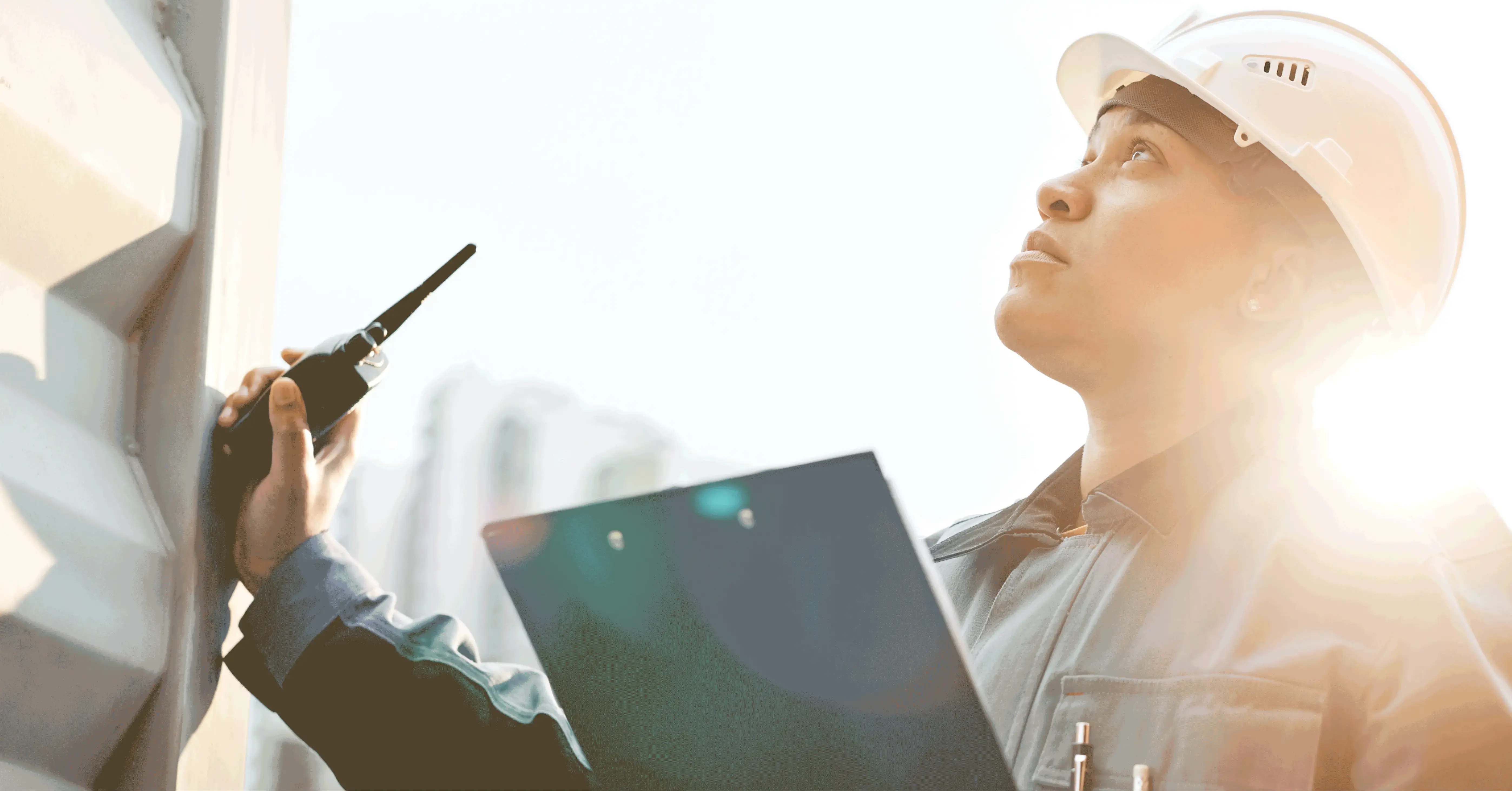Technological innovations and advancements today supply care providers with newer and more efficient solutions to remotely monitor the care receivers. These improvements provide them with access to care response centres as well as track their health status in real-time through wearable sensors. These are just some examples of how digital telecare systems can positively impact both care providers and care receivers. Learning more about the different solutions and how they can be implemented will greatly benefit both parties.
As an example, with the use of digital technology in telecare, it’s now possible to manage alarm systems through just a computer or a mobile device. This is something that could mean the difference in a possible emergency.
The benefits of digital telecare systems in elderly care
Migrating to digital solutions provides more options to care homes. This is something that’s expected to further expand through future innovations.
Digital telecare solutions are accessible and easily implemented
With the use of digital solutions and platforms in telecare, as in handling calls, managing, and responding to emergency prompts and alarms, can now be done through different devices integrated into the platform. Such devices are mobile phones, personal computers and other various smart devices connected to the system.
Prompt and reliable platforms
Through cloud-based platforms that allow integration of multiple devices – with interoperability in mind – connecting care providers with care receivers could now be done at a much faster pace as opposed to going through multiple layers of analogue systems and platforms.
Effective and efficient solutions
In contrast to analogue telecare systems, implementing and maintaining digital systems is more effective and efficient. For the majority of analogue solutions, the maintenance of the system and the delivery of updates still heavily rely on human input. With digital systems, these firmware or software updates can be instantly delivered to the systems, allowing for a more seamless experience.
Having said that, Berg Insight reports that traditional telecare still holds the largest share in the market in Europe, but that is expected to significantly shift in the coming years.
Understanding the analogue to digital switch and what it means for both care providers and care receivers
One of the biggest drivers to move to a completely digital platform is the analogue switch-off, or the total shutdown of analogue systems currently in place. In the United Kingdom, the switch-off of analogue phone lines is scheduled to take place in 2025. When this occurs, systems that are reliant on analogue platforms will simply cease to function. Not switching in a timely manner to digital or smart solutions will pose significant risks for both care providers and care receivers.
Read more: 2025 is Coming Up – What the Analogue to Digital Switch Means for You
Smart solutions in elderly care today
An important point to consider is the option to transition directly into smart care technology from analogue systems, instead of going through digital telecare solutions. With the Nordic countries already implementing smart solutions, countries that are still transitioning out of analogue systems can also follow this route. Smart care solutions also offer advantageous solutions which can greatly benefit elderly people living at home, as well as those who are in elderly care homes. Concerning costs, this is also the more efficient route to take, as digital telecare solutions don’t provide much in terms of cost savings over analogue systems.
To briefly summarise how smart care systems work, these newer solutions now make use of data, allowing for a more customised and seamless experience for the care receivers. Through the use of data, a much more personalised approach can be provided to the elderly.
Another practical example of smart solutions would be radars that can reliably detect falls, and are much more effective than traditional pull cords and pendants used in fall detection. These systems can also prevent future falls since it takes into account the historical data (as discussed earlier) of the individual. Devices that assist and monitor the medicine intake of elderly individuals also exist today. A welcome innovation as a large number of deaths in Europe are attributed to poor adherence to proper medicine intake.
The importance of having a reliable and capable platform provider in transitioning to digital telecare and smart care solutions
With new innovative products being introduced into the market at a very fast pace, partnering with a capable platform provider such as Skyresponse is vital. This is because a scalable and futureproof platform will allow you to easily integrate products as they are introduced to the market. These products give both care providers and care receivers solutions to specific requirements and will allow care homes to cater to the individual needs of the elderly. More importantly, a reliable platform provider will also help in making the transition from analogue platforms to modern systems as seamless as possible.
Read more: Analogue to Digital Transition: What are the Risks of Using Analogue Care Alarms?




